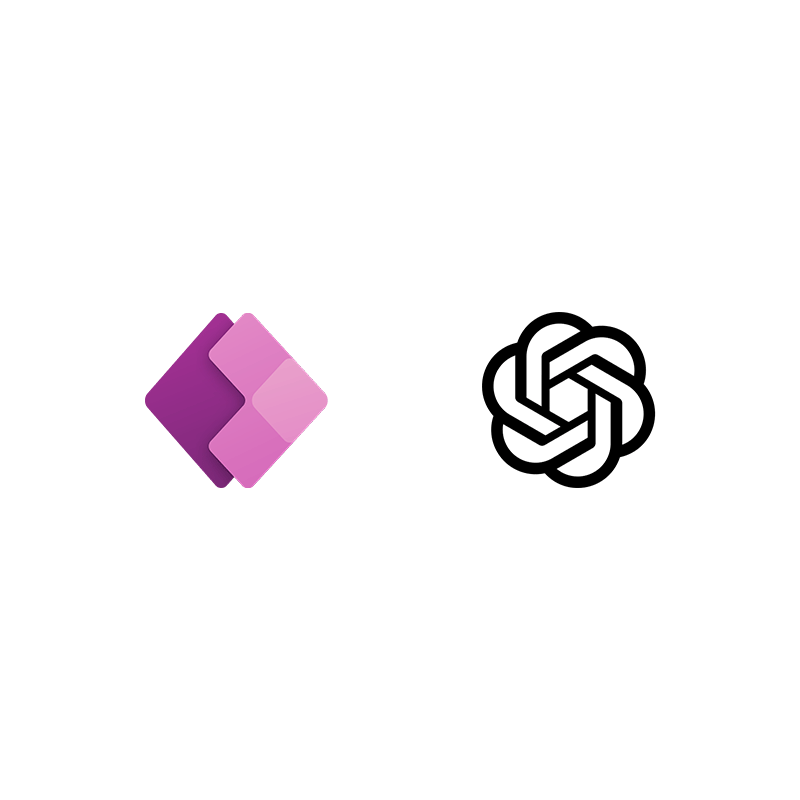
Programmers love to code, and may even consider their most favorite programming language as their second language.
But to people who don't code, learning how to program is a choir. For a person to learn how to code properly in order to create a working software, the learning curve can be high. Coding requires logical thinking, and an approach that a simple typo can ruin everything.
Microsoft knows that very well.
And this is why the company is using OpenAI’s massive GPT-3 natural language model in its no-code/low-code Power Apps service to translate spoken words into code.
Available in Microsoft's Power Fx language, allowing people to code using their natural language can be game-changing.
However, it should be noted that what Microsoft is doing here, is to just take some of the low-code aspects of a tool, like its Power Apps, and use AI to essentially turn everything into no-code experiences, too.
Read: Microsoft 'Low Code' Power Platform Makes AI More Reachable For Business Users
Microsoft itself stresses that users are still required to have at least some basic understanding on the logic of the software they are trying to create. As explained by Microsoft in a blog post:
Initially at least, Microsoft's focus is to only improve Power Apps formulas.
“Using an advanced AI model like this can help our low-code tools become even more widely available to an even bigger audience by truly becoming what we call no code,” said Charles Lamanna, corporate vice president for Microsoft’s low-code application platform.
To some extent, this feature is not very different from using the natural language query functions on Excel, PowerBI or Google Sheets.
Those apps have already provided ways for users to translate natural language into a formula.
But using GPT-3, Microsoft is ramping things up a notch.
GPT-3 is known as the one and most powerful AI-powered language model. This should make the feature more capable, allowing it to understand even more complex queries.
According to Microsoft in a blog post explaining Power FX, this low-code programming for everyone can transform "citizens to professionals."
With Power FX, and OpenAI's GPT-3, Microsoft is creating what it calls “citizen developers.”
Further reading: The World Of 'Low-Code No-Code', And How No-Coders Can Program Their Future

Microsoft can do this, simply because it has invested $1 billion in OpenAI.
In a deal that was inked back in the late 2020, the Redmond-based company has been given an exclusive license to access OpenAIs' popular, and controversial state-of-the-art GPT-3 text-generation AI model.
According to OpenAI, the partnership that follows Microsoft's investment in the company, allows Microsoft to “leverage its technical innovations to develop and deliver advanced AI solutions for our customers, as well as create new solutions that harness the amazing power of advanced natural language generation.”
At this time, this project by Microsoft does not introduce anything much.
But in the longer term, tools like this can become smarter over time, allowing users to better handle more complicated programming tasks.
While GPT-3 has fooled people, and can even create a blog post idea in mere seconds, it does have limitations
The next big step would be dealing with translation issues. More complex queries require GPT-3's more thorough understanding of a program as a whole.